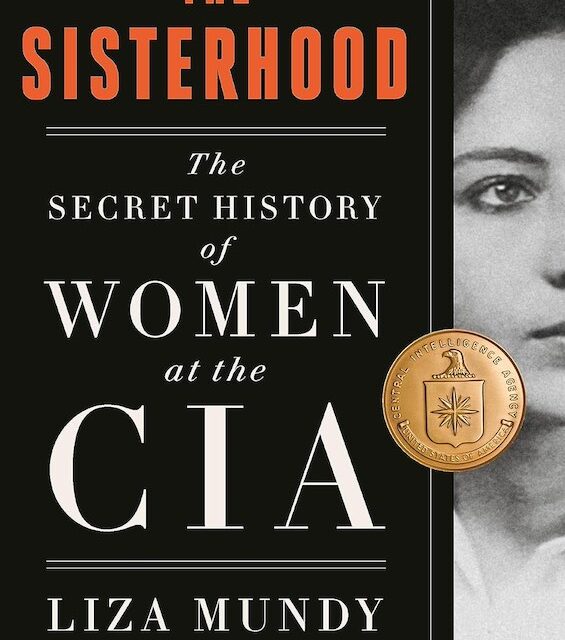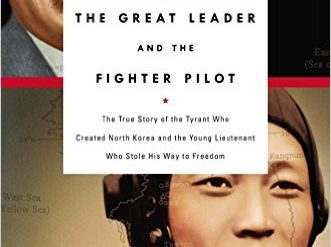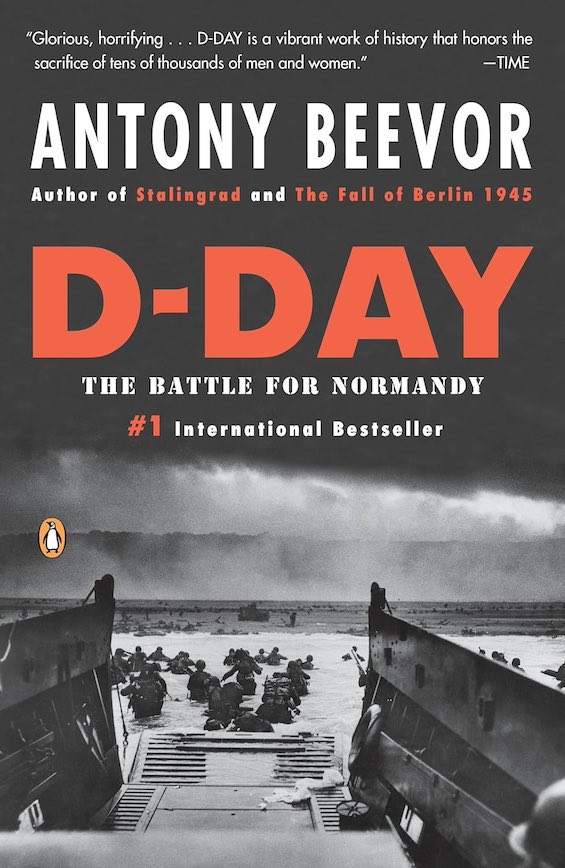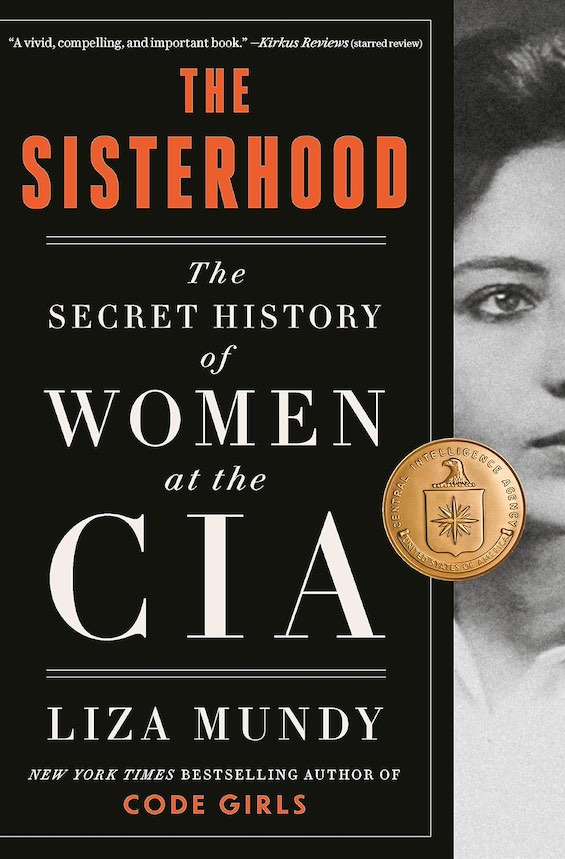
On December 10, 2012, Zero Dark Thirty, Kathryn Bigelow’s acclaimed film about the hunt for Usama bin Laden, debuted in Los Angeles. The central figure is a CIA officer named Maya, who pursues traces of “UBL” for years until finally locating him in his compound in Pakistan. Her targeting information enables President Obama to unleash the SEAL team that finished the job on May 2, 2011. In fact, however, that hunt had begun not years but decades earlier in the 1980s. Then, a team of women analysts in a backwater office of the CIA began tracking UBL and his network before it even had a name. And scores of women, and fewer men, continued to refine the agency’s knowledge of Al Qaeda for decades. This is one of the dramatic stories Liza Mundy tells so well in The Sisterhood, her monumental Secret History of Women at the CIA.
Tracing the CIA’s evolution through the careers of key CIA women
But the hunt for Usama bin Laden is only one thread in this beautifully crafted book. And it was only one of the landmark CIA success stories in which women played pivotal roles. Unmasking Aldrich Ames long before the FBI noticed him, for example. (In fact, the FBI delayed Ames’ arrest for two years despite the evidence the CIA women brought to their attention.) But the careers of a handful of long-serving female CIA officers form the book’s backbone. They demonstrate the evolution of the agency from the 1950s, 60s, and 70s to the present day.
Several of these women, after years of struggle for recognition, reached the exalted heights of the Senior Intelligence Service with pay at supergrade Civil Service levels. Heidi August, who was one of the first women station chiefs and later rose to Chief of Operations of the Counterterrorism Center. Lisa Manfull Harper, who attained the post of chief of the agency’s Latin American affairs division. And a few others, some of whose careers began only years after 9/11. Mundy follows them through recruitment, training, entry-level assignments, and finally into sensitive posts overseas or as managers at Langley.
The Sisterhood: The Secret History of Women at the CIA by Liza Mundy (2023) 480 pages ★★★★★
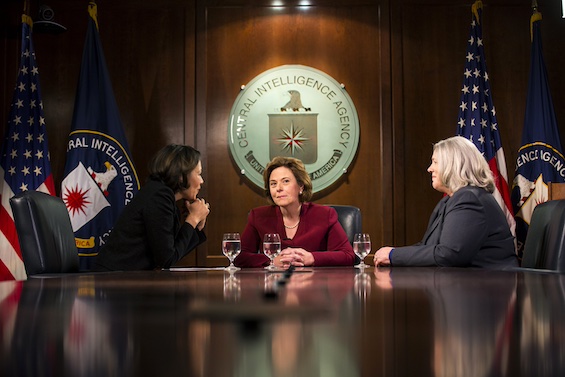
A history of sexism of eye-opening proportions
A woman who reads this book may find Mundy’s revelations of the behavior of men at the CIA to be unsurprising. But I was shocked. Certainly, I’d expected some degree of discrimination and sexual harassment. But I was astounded by the stories of sexist men in sensitive positions in the agency’s hierarchy who systematically blocked women from richly deserved promotions or prestigious new assignments strictly on the basis that they were women. Even more eye-opening are the tales of meetings of senior male CIA officials who openly conspired to keep at an absolute minimum the number of women allowed to join their ranks. Because of this unrelievedly sexist history, Mundy reports, the agency gained the reputation as the worst place in the US government for women to work. It’s hard to imagine that anyplace else could be worse.
So, how did this change?
The situation was never 100 percent black and white for women in the intelligence service. During World War II, when FDR rushed the OSS into service, many women played instrumental roles both in the field and in Washington, DC. For example, it was a woman who recruited and ran the German agent that helped to make Allen Dulles a star. And thousands of women staffed the code breaking operations that many observers think were the keys to victory. (See Mundy’s own book, Code Girls, for this story.) However, a darker pattern settled in after the war, when the OSS morphed into the Central Intelligence Agency. Then, the Old Boys Network seized control. The most senior jobs all went to men—and it stayed that way for a long time, a handful of exceptions notwithstanding.
Three critical factors
Three factors gradually—very gradually—brought about change. First, the pioneering women, and a few supportive men, in senior jobs mentored and backed younger women as they entered the service. The numbers of women in the field and in managerial roles began to rise slightly. Second, attitudes in society began to shift under the influence of the feminist revolution. Flagrant sexist behavior slowly declined. But, third, and most importantly, several hundred women at the agency signed on to a class action lawsuit on gender bias beginning in 1986. The CIA settled the suit with promotions and back pay to the litigants in 1995.
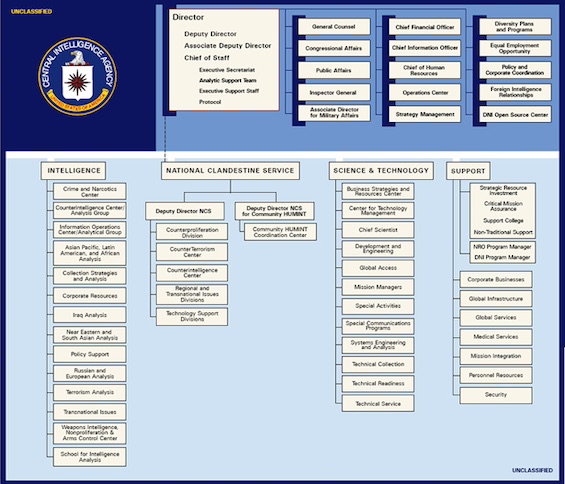
A stellar job of research
Mundy has done a spectacular job of research to produce this book. Burrowing into decades of obscure, long-hidden documents. Interviewing more than a hundred CIA officers, some of them still actively at work, others long retired. Eliciting comments from former CIA Directors and other top-level officials. And reading just about everything available that touches on her subject.
About the author
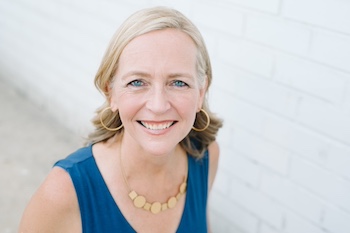
Liza Mundy is the author of five nonfiction books and of an abundance of articles that have appeared in The Atlantic, Politico, the New York Times, the Guardian, and other leading publications. She is a former staff writer for the Washington Post. Mundy was born in 1960 and describes herself as a working parent. Mundy has an AB from Princeton University and an MA in English literature from the University of Virginia. She lives in Arlington, VA, with her husband, science communicator Bill Nye, and two children.
For related reading
I’ve also reviewed the author’s Code Girls: The Untold Story of the American Women Code Breakers of World War II (The amazing story of the American “Code Girls” who helped win World War II).
Four other books may be of special interest:
- Six Car Lengths Behind an Elephant: Undercover & Overwhelmed as a CIA Wife and Mother by Lillian McCloy (Under deep cover in the CIA during the Cold War)
- Life Undercover: Coming of Age in the CIA by Amaryllis Fox (Life undercover in the CIA chasing suitcase nukes)
- The Secrets We Kept by Lara Prescott (Doctor Zhivago and the women in the CIA typing pool)
- Red Widow by Alma Katsu (A poisoned CIA asset, and a hunt for a CIA mole)
You’ll find other books on related subjects at:
- Female spies and saboteurs in World War II
- 30 good nonfiction books about espionage
- Top 20 popular books for understanding American history
And you can always find my most popular reviews, and the most recent ones, on the Home Page.

